Top 10 Skin Cancer Facts for a Healthier New Year
(NewsUSA) -
-  As you set New Year’s resolutions, add one that takes just minutes and can make a real difference: protect your skin and get suspicious spots checked. Skin cancer is prevalent, but when caught early, it’s also highly treatable. Here are 10 facts and tips to start the year smarter about prevention and options.
As you set New Year’s resolutions, add one that takes just minutes and can make a real difference: protect your skin and get suspicious spots checked. Skin cancer is prevalent, but when caught early, it’s also highly treatable. Here are 10 facts and tips to start the year smarter about prevention and options.
1. About 9,500 Americans are diagnosed with skin cancer every day, with more than 3 million new cases recorded yearly nationwide.
2. There are more cases of skin cancer in the U.S. each year than all other cancers combined, and at least 1 in 5 Americans will develop skin cancer by age 70.
3. The incidence of skin cancer is rising faster than that of any other cancer, making prevention and early detection more important than ever.
4. UV damage happens year-round, even when it’s cold. UVB rays, the leading cause of sunburn, peak in summer, but they can still damage skin in winter, especially at high altitudes and around reflective surfaces like snow, water, and sand. UVA rays are present all year and can penetrate clouds and glass, so it’s possible to damage your skin while indoors or in the car.
5. The most common risk factors for nonmelanoma skin cancer, including basal cell and squamous cell carcinoma, are:
- Lighter colored skin
- Advanced age
- Lots of ultraviolet (UV) light exposure over one’s lifetime
- Frequent sunburns
- Use of tanning beds
- Previous case of skin cancer
- Long-term or severe skin injury or inflammation
- Weakened immune system
6. U.S. veterans are nearly three times more likely to develop skin cancer than the general population.
7. Black and Hispanic individuals tend to have poorer prognoses and survival rates when they receive a skin cancer diagnosis. Each year, nearly 1-in-4 Hispanic adults and 1-in-10 Black adults experience at least one sunburn, showing that no skin tone is immune to damage from the sun.
8. The traditional treatment, Mohs surgery, dates to the 1930s and involves repeated use of a scalpel to remove suspect tissue layer by layer. It can be a good option for some, though it may result in scarring and, in some cases, reconstructive repair.
9. There is a Medicare-covered nonsurgical alternative treatment available, called Image-Guided Superficial Radiation Therapy, also known as IGSRT or GentleCure. Patients who are not good surgical candidates, or those who wish to avoid the pain, recovery time, or cosmetic issues often associated with surgery, may prefer a proven noninvasive alternative.
10. GentleCure uses FDA-cleared technology and is supported by clinical research. Documented outcomes include a success rate exceeding 99%, with more than 125,000 patients treated in dermatology practices nationwide. Of patients surveyed, more than 99% said they were happy with their treatment decision and would recommend GentleCure to a friend or loved one.
More information is available at GentleCure.com.


 - Chilly December air can make for an ideal time to get your fitness routine started. That’s because seasonal changes naturally affect our bodies and habits.
- Chilly December air can make for an ideal time to get your fitness routine started. That’s because seasonal changes naturally affect our bodies and habits.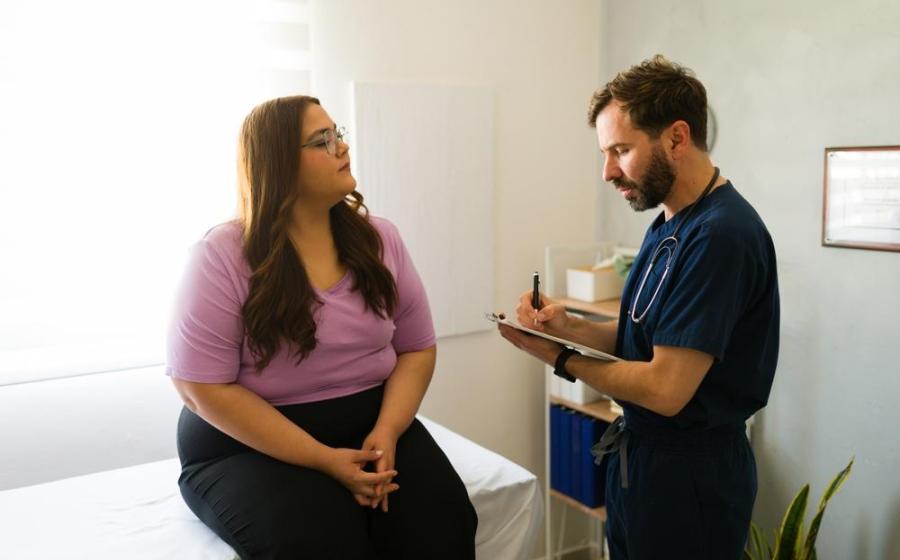
 - Obesity is a chronic disease affecting over 100 million Americans. Despite its prevalence and serious health consequences, widespread insurance barriers limit access to FDA-approved GLP-1 treatments.
- Obesity is a chronic disease affecting over 100 million Americans. Despite its prevalence and serious health consequences, widespread insurance barriers limit access to FDA-approved GLP-1 treatments.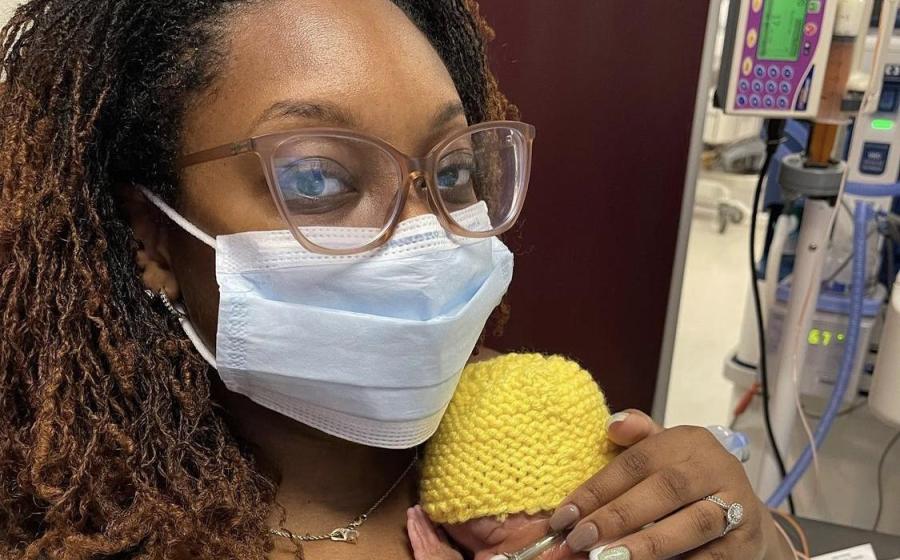
 - November is Prematurity Awareness Month, a time to focus on the more than 380,000 babies born too early in the U.S. each year. For families whose little one arrives weeks or months earlier than expected, understanding advances in premature infant nutrition can help reduce complications during the neonatal intensive care unit (NICU) journey.
- November is Prematurity Awareness Month, a time to focus on the more than 380,000 babies born too early in the U.S. each year. For families whose little one arrives weeks or months earlier than expected, understanding advances in premature infant nutrition can help reduce complications during the neonatal intensive care unit (NICU) journey.
 - Veterans face higher lung cancer risk from military exposures. Early screening and clinical trials save lives. Honor their service this month.
- Veterans face higher lung cancer risk from military exposures. Early screening and clinical trials save lives. Honor their service this month.
 - As the holiday lights go up and the to-do lists grow, parents everywhere are navigating a season that should feel joyful, but all too often doesn’t. According to
- As the holiday lights go up and the to-do lists grow, parents everywhere are navigating a season that should feel joyful, but all too often doesn’t. According to 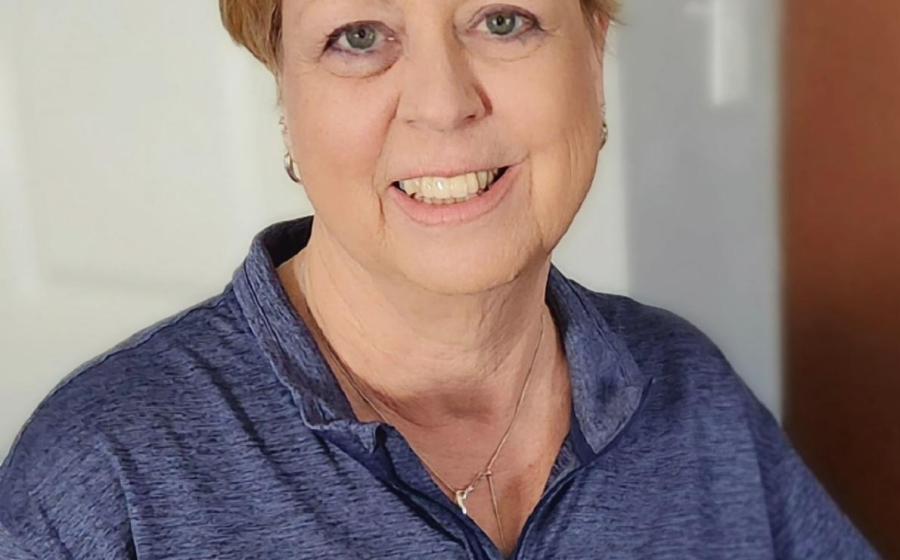
 - Small cell lung cancer (SCLC) is among the most aggressive, deadliest forms of lung cancer, yet it’s still too often overlooked. For decades, treatment options were limited, offering little hope to those diagnosed with SCLC, until now.
- Small cell lung cancer (SCLC) is among the most aggressive, deadliest forms of lung cancer, yet it’s still too often overlooked. For decades, treatment options were limited, offering little hope to those diagnosed with SCLC, until now.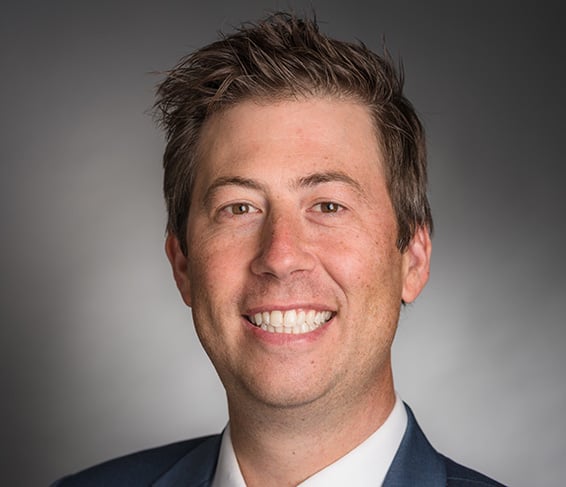 Because of research, treatments like the recently FDA-approved Tarlatamab belong to a class of drugs called bispecific T-cell engagers (BiTEs), which harness the immune system to combat cancer. Another treatment, Lurbinectedin, slows or stops the growth of cancer cells in your body. There are also next-generation approaches, such as CAR T-cell therapy and antibody-drug conjugates, and many others, now in clinical trials. Clinical trials, once a last resort, are rapidly becoming a front door to tomorrow’s breakthroughs.
Because of research, treatments like the recently FDA-approved Tarlatamab belong to a class of drugs called bispecific T-cell engagers (BiTEs), which harness the immune system to combat cancer. Another treatment, Lurbinectedin, slows or stops the growth of cancer cells in your body. There are also next-generation approaches, such as CAR T-cell therapy and antibody-drug conjugates, and many others, now in clinical trials. Clinical trials, once a last resort, are rapidly becoming a front door to tomorrow’s breakthroughs.
 - Do you ever notice a flutter in your chest? Feel unusually tired even after a good night’s sleep? Get winded from walking up the stairs when that never used to happen? These little signs might not feel like a big deal, but they could point to something more serious: atrial fibrillation, or AFib.
- Do you ever notice a flutter in your chest? Feel unusually tired even after a good night’s sleep? Get winded from walking up the stairs when that never used to happen? These little signs might not feel like a big deal, but they could point to something more serious: atrial fibrillation, or AFib.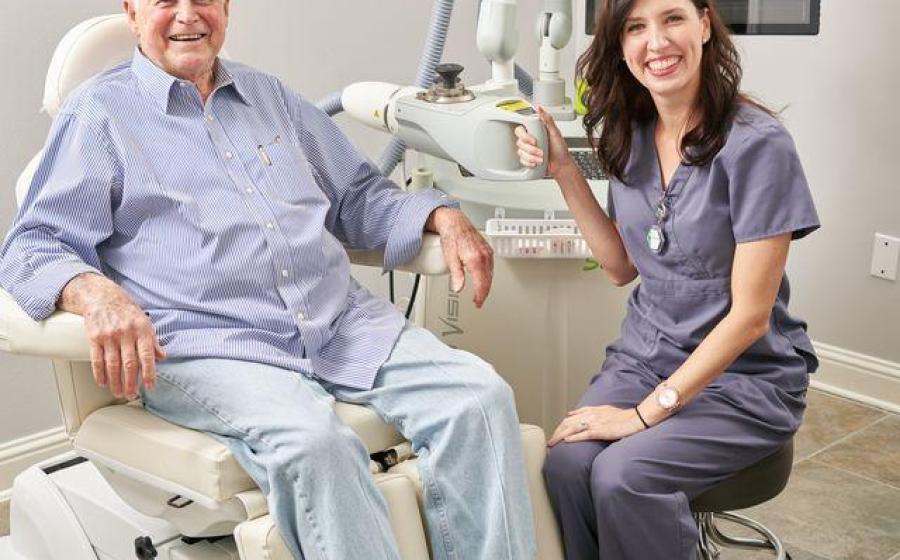
 - The cancer treatment landscape is undergoing a profound shift. Patients, healthcare providers and advocates are seeking alternatives that deliver both clinical efficacy and quality of life. At the forefront of this movement is GentleCure™, a proven, noninvasive treatment for the most common type of cancer, nonmelanoma skin cancer.
- The cancer treatment landscape is undergoing a profound shift. Patients, healthcare providers and advocates are seeking alternatives that deliver both clinical efficacy and quality of life. At the forefront of this movement is GentleCure™, a proven, noninvasive treatment for the most common type of cancer, nonmelanoma skin cancer. 
 - We all want to look as vibrant as we feel, but sometimes our skin tells a different story. If you've ever felt that dreaded dryness, dullness, or loss of firmness—especially as we get older and lines and wrinkles begin to show—you're not alone. By our forties, cell turnover slows by up to 50%1, weakening skin’s ability to produce natural Hyaluronic Acid. And it makes an impact—more than two-thirds of women over 40 report uncomfortably dry skin, with over 70% saying it's their top concern2.
- We all want to look as vibrant as we feel, but sometimes our skin tells a different story. If you've ever felt that dreaded dryness, dullness, or loss of firmness—especially as we get older and lines and wrinkles begin to show—you're not alone. By our forties, cell turnover slows by up to 50%1, weakening skin’s ability to produce natural Hyaluronic Acid. And it makes an impact—more than two-thirds of women over 40 report uncomfortably dry skin, with over 70% saying it's their top concern2.


